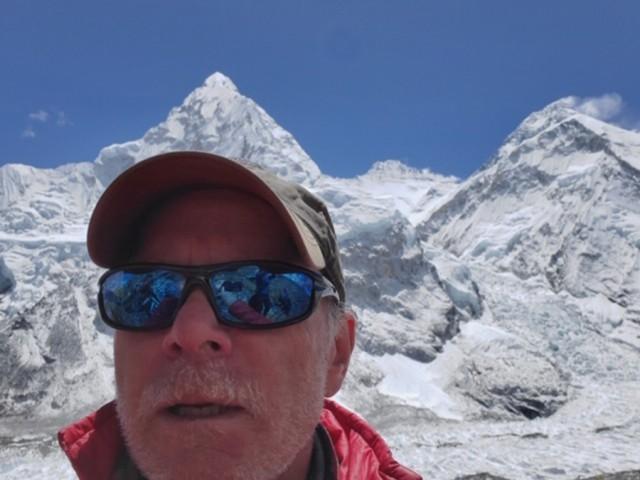Mount Everest: American becomes 11th person to die on overcrowded mountain since March
Fears that queues and tailbacks are exposing climbers to increased risks

An American climber has become the 11th person to die on Everest since March, adding to fears that overcrowding on the mountain is increasing the dangers faced by those scaling it.
Christopher Kulish, an attorney from Boulder, Colorado, died at a camp just below the summit on Monday.
The 62-year-old had reached the 8,850m peak with a small group of climbers and was descending back to base.
The cause of his death is not yet known but Mr Kulish was an experienced climber who had scaled the highest peaks on each of the world’s seven continents.
His brother Mark said: “He saw his last sunrise from the highest peak on Earth. At that instant, he became a member of the Seven Summit Club, having scaled the highest peak on each continent.
“He passed away doing what he loved.”
The tragedy comes after a British and Irish man both perished on the peak last week.
Robin Haynes Fisher, 44, from the Birmingham area, collapsed on Saturday, while Kevin Hynes, 56, from Galway, lost his life on Friday.
Climbers from Nepal, India, Australia and the US have also all died in the weeks since this season started in March.

Another Irishman, Seamus Lawless, 39, is presumed dead after falling during his descent from the peak.
Nepal is now facing increased scrutiny after it issued a record number of permits to some 41 teams with 378 climbers for the three-month spring period.
The resulting reports of overcrowding and queues were dramatically highlighted last week when a photograph showing long tailbacks went viral on social media.
Such queueing has exposed climbers to low temperatures, severe winds and reduced oxygen for longer periods of time, increasing the risk of suffering from potentially fatal altitude sickness.

Because the season – which runs to the end of May – has seen poorer conditions than usual, those dangers have been exacerbated.
Join our commenting forum
Join thought-provoking conversations, follow other Independent readers and see their replies
Comments